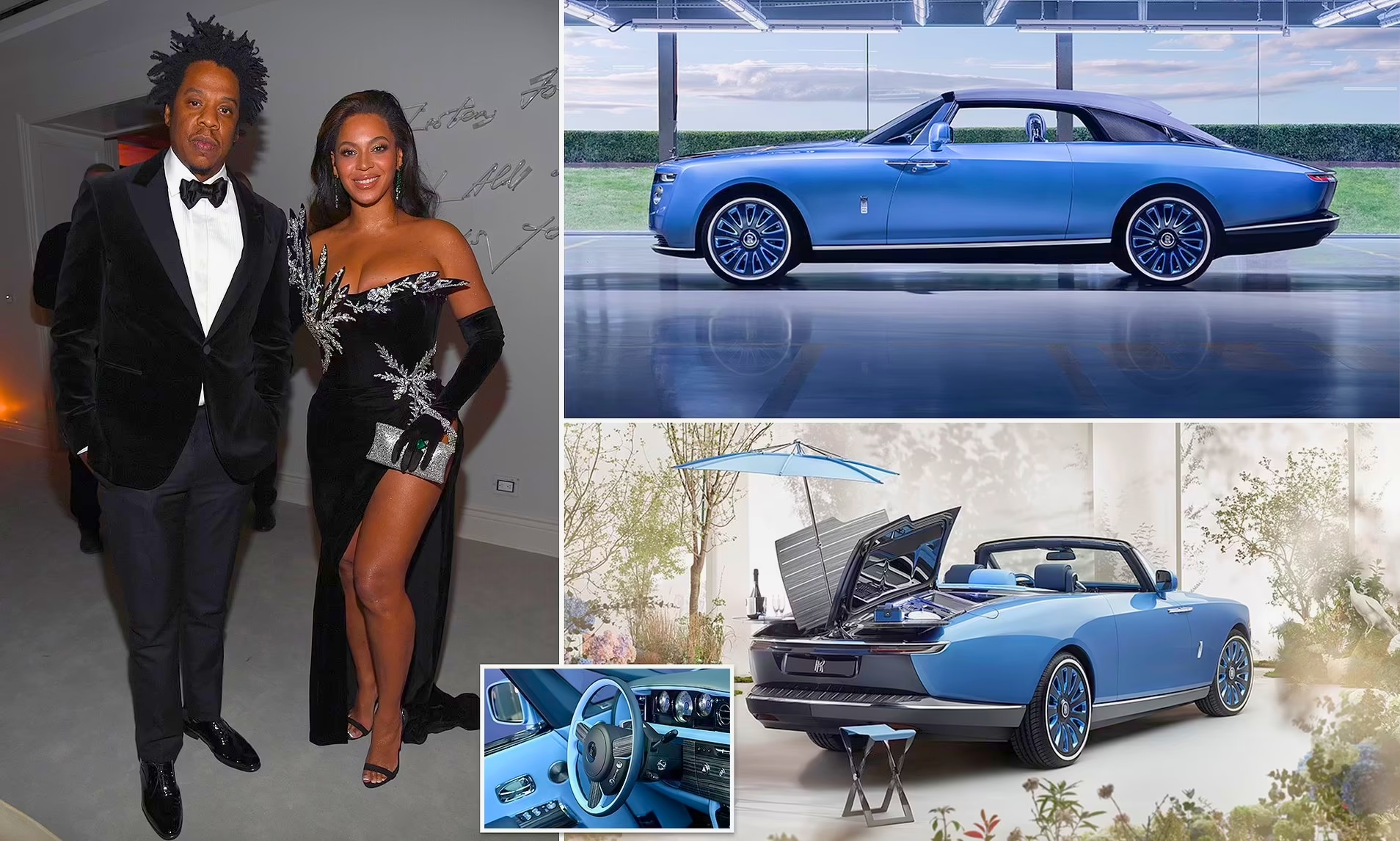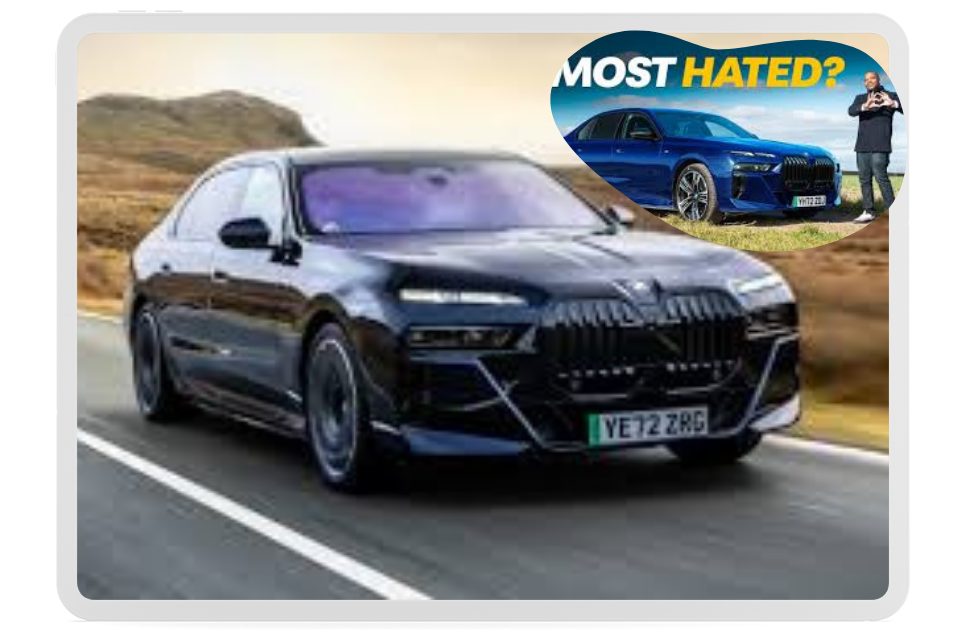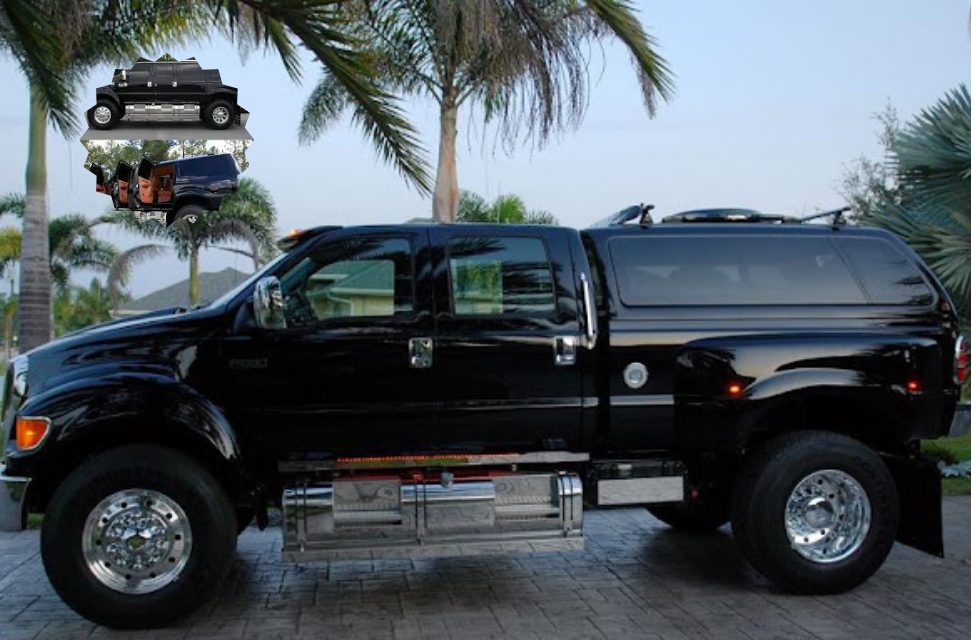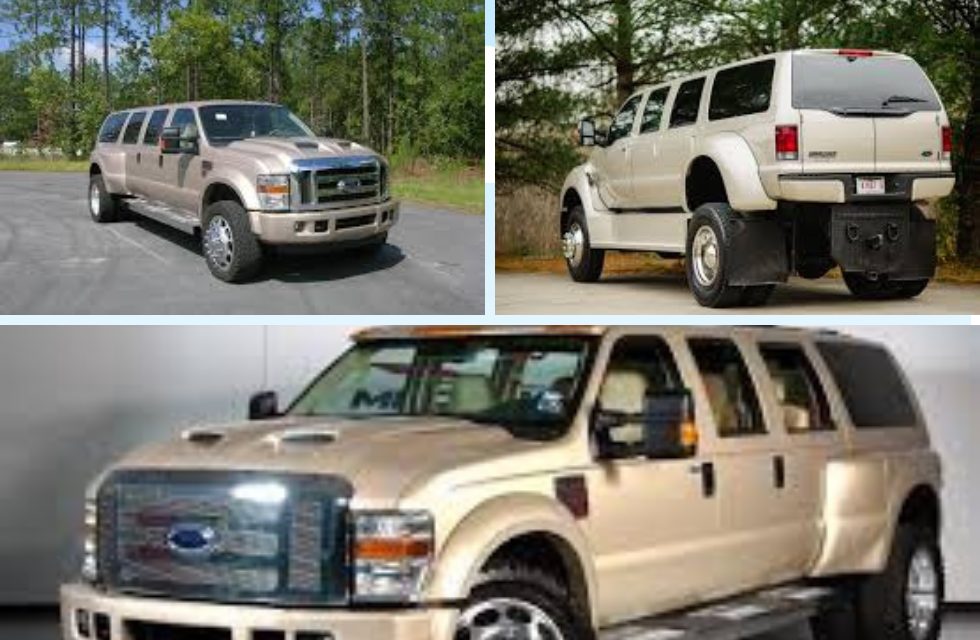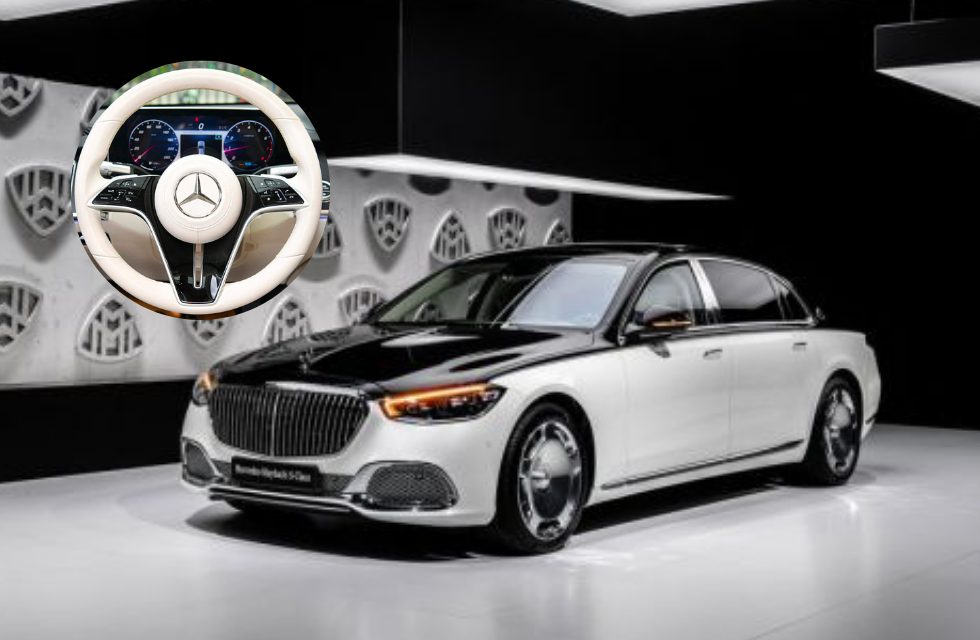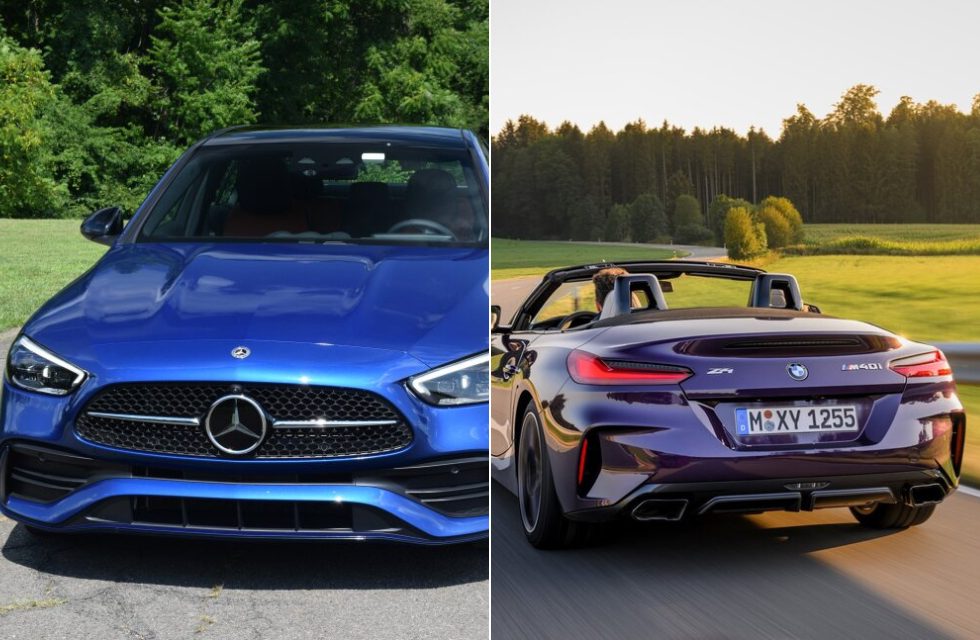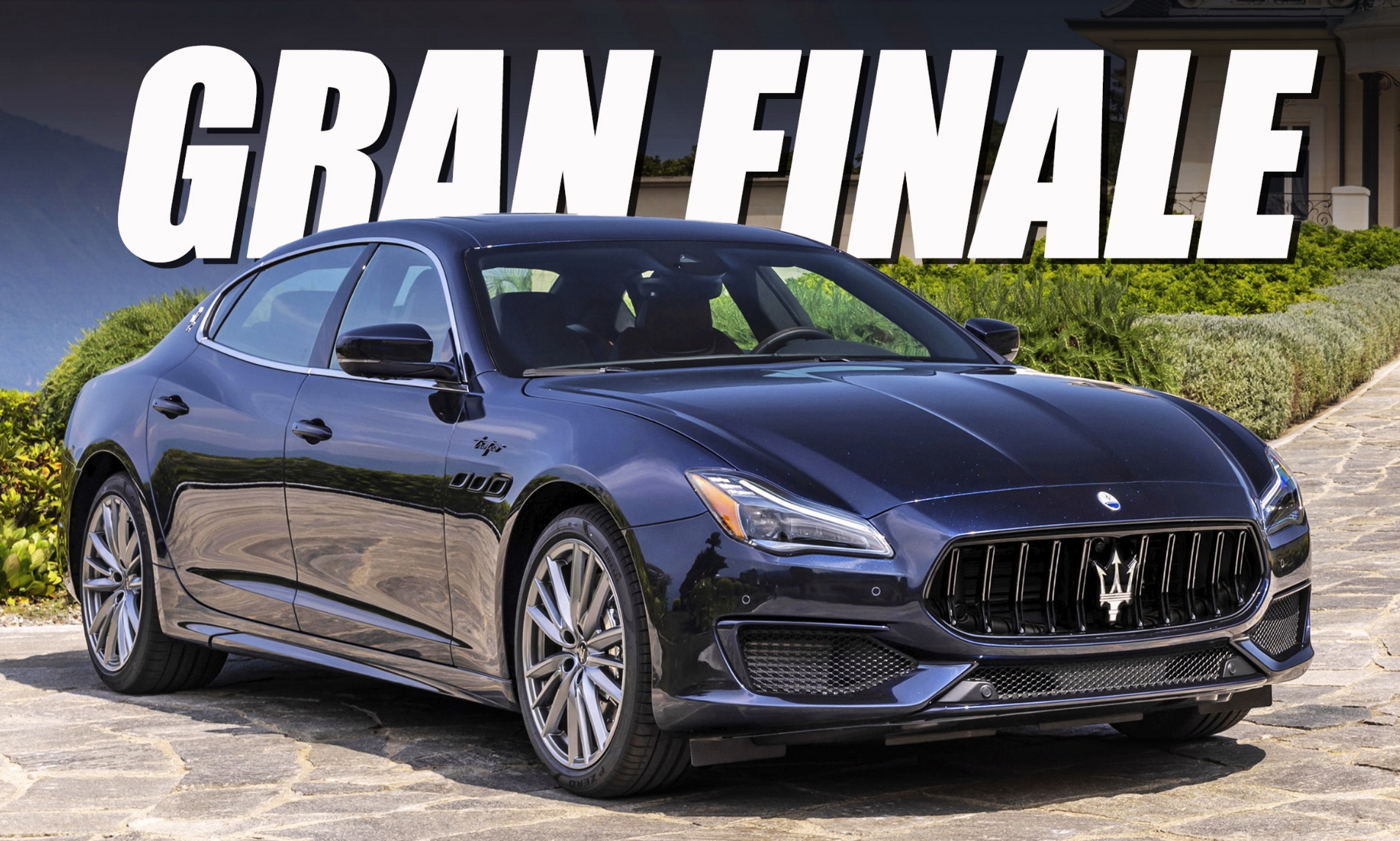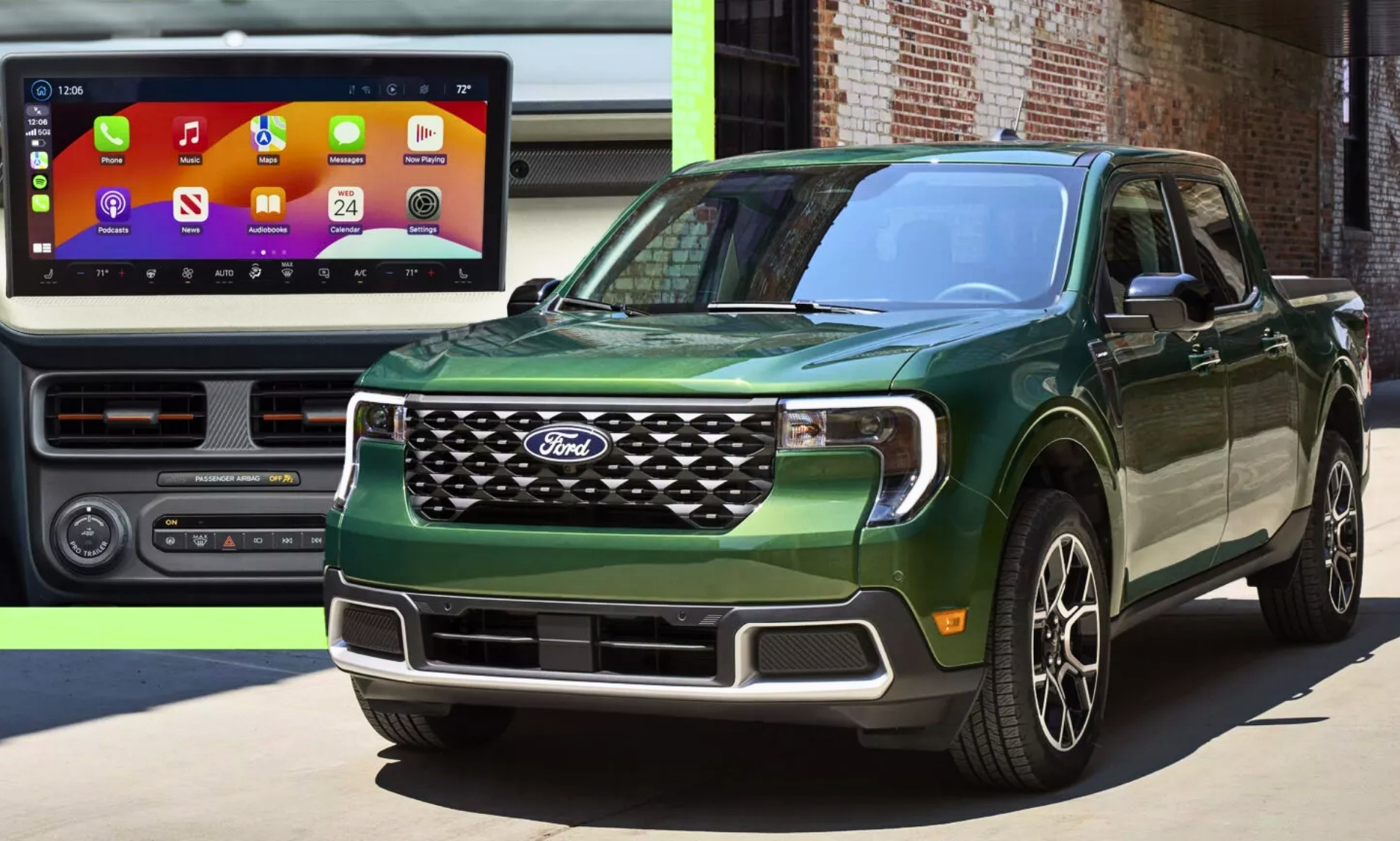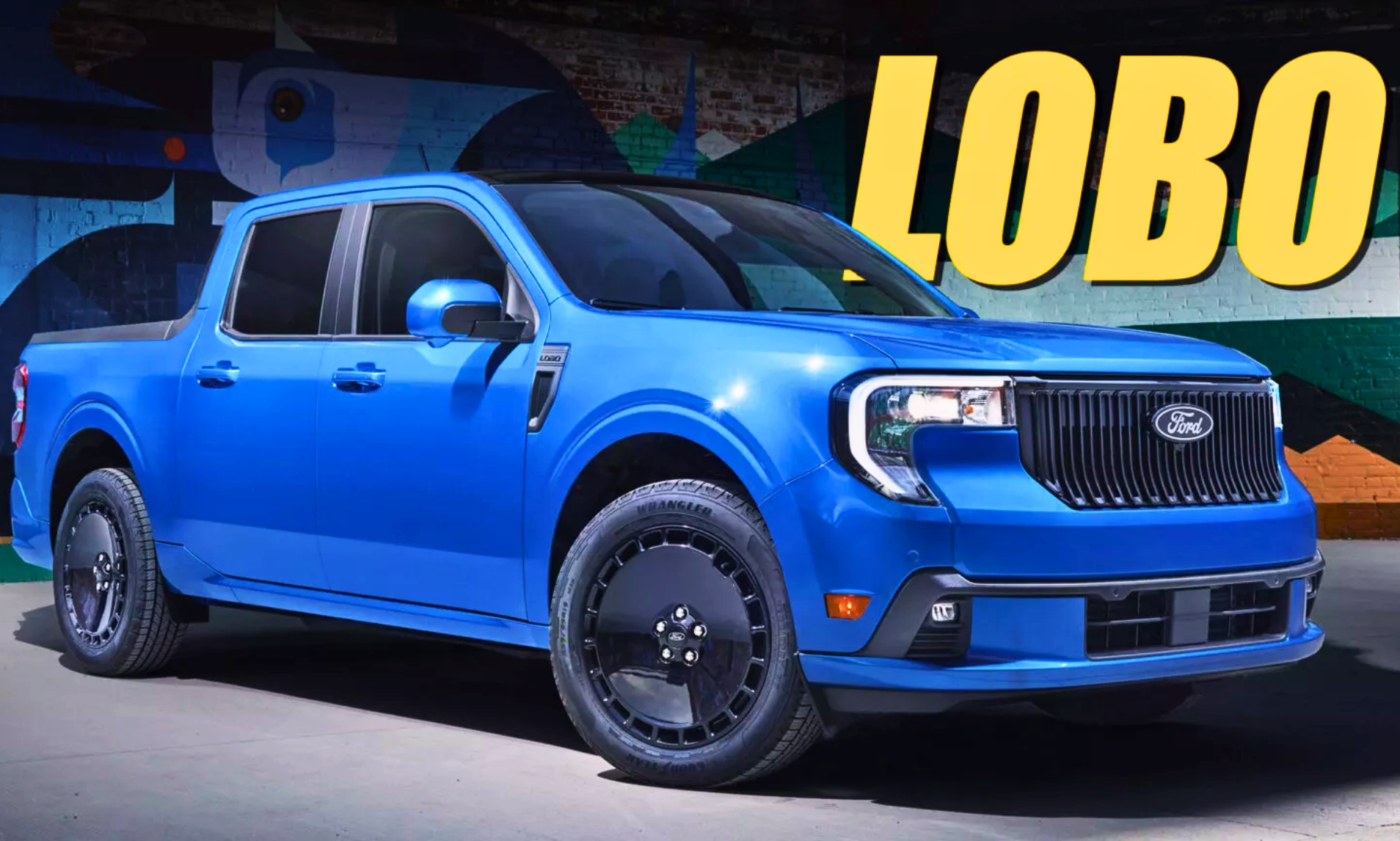BMW’s do-it-all approach remains a hindrance.
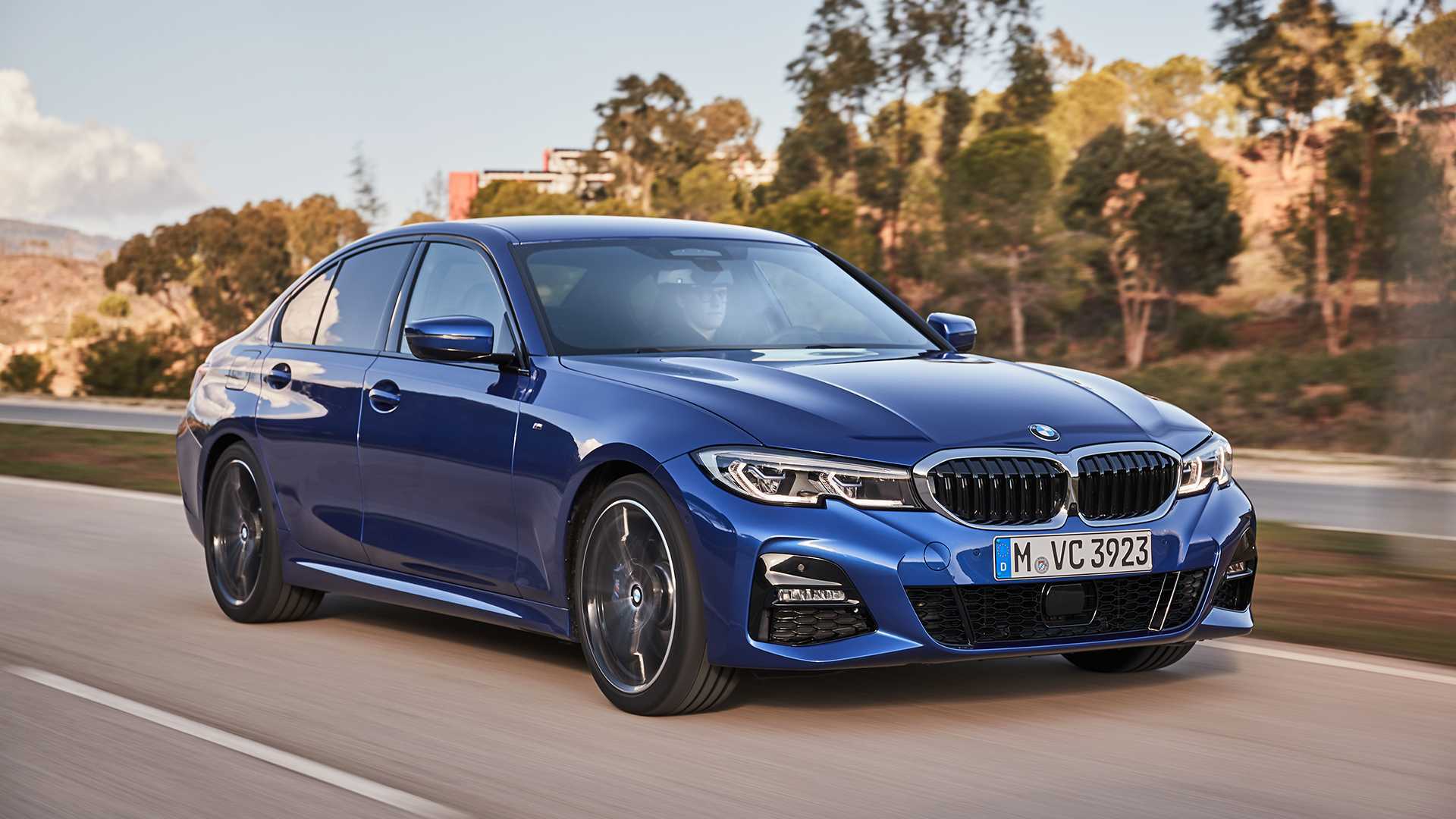
Competition breeds diversity. It’s good for life, good for our economy, and, in the auto industry, good for drivers. For the longest time, the BMW 3-Series was the gold standard; the king of the hill; the very best choice in the compact luxury sedan segment. BMW’s compact was so competitive, so balanced in terms of driving refinement, engagement, luxury, and style, that it dominated the segment for decades. The 3-Series was a driver’s car that appealed to everyone.
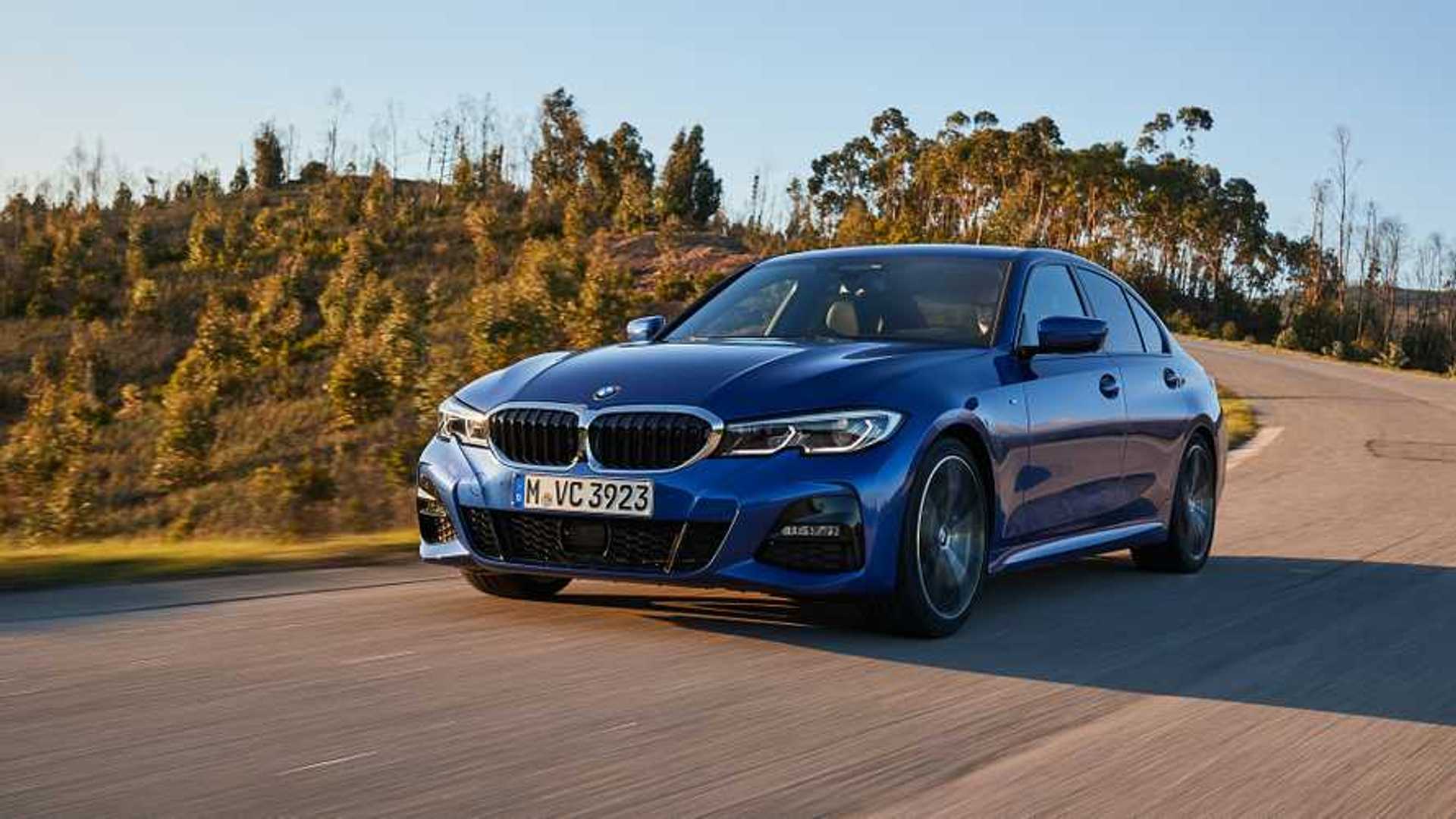
But the competition – as it often does in life and in business – caught up. Competitors started to exploit the 3-Series’ balanced approach, each outdoing it in one particular area. The Mercedes-Benz C-Class became more luxurious and premium, the Audi A4 added class-leading technology, and the Alfa Romeo Giulia, new as it is, is better to drive. And despite the improvements in the 2020 BMW 3-Series, those rankings stand. Long an asset, the 3’s do-everything approach is now a handicap.
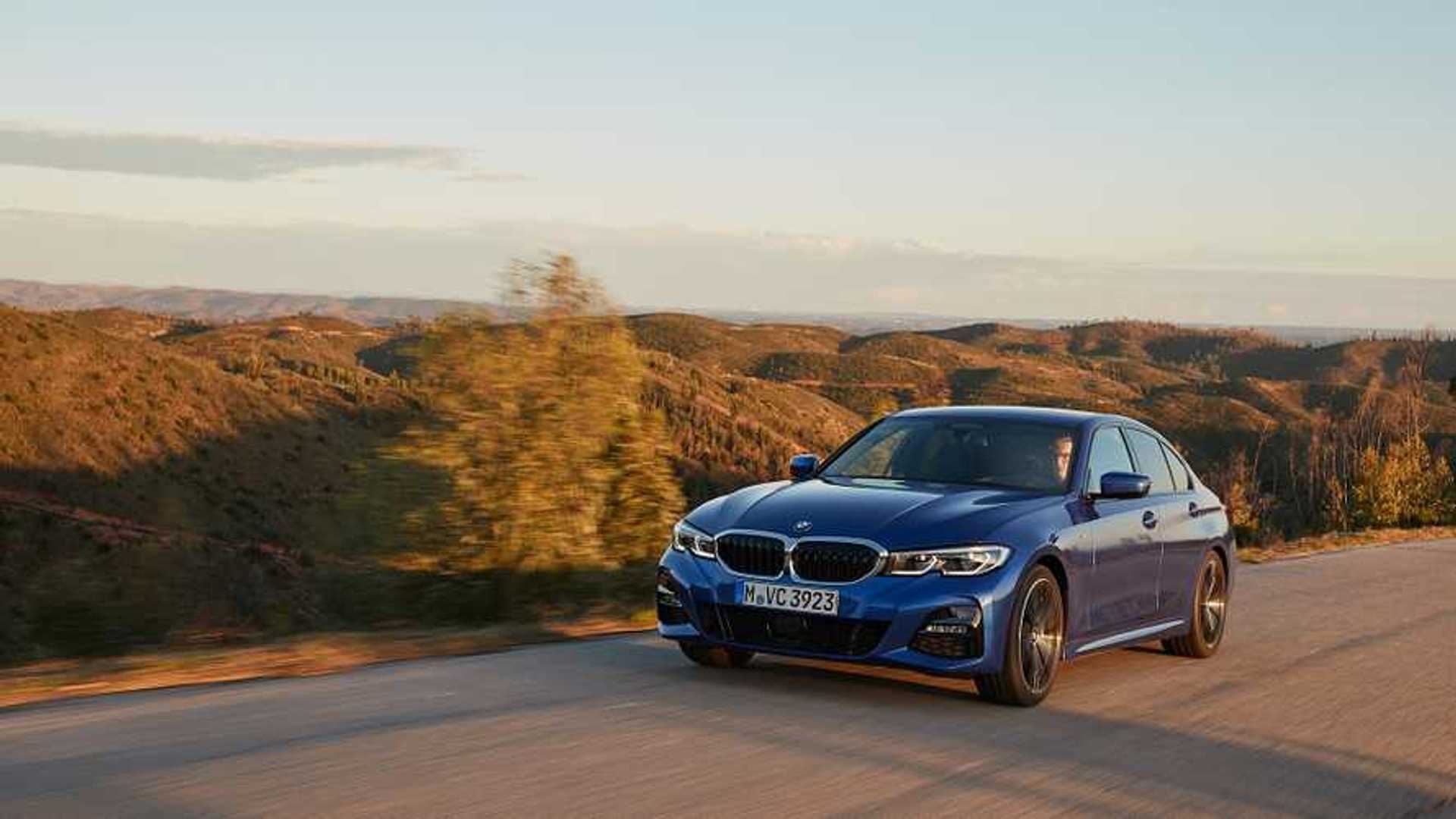
But the competition – as it often does in life and in business – caught up. Competitors started to exploit the 3-Series’ balanced approach, each outdoing it in one particular area. The Mercedes-Benz C-Class became more luxurious and premium, the Audi A4 added class-leading technology, and the Alfa Romeo Giulia, new as it is, is better to drive. And despite the improvements in the 2020 BMW 3-Series, those rankings stand. Long an asset, the 3’s do-everything approach is now a handicap.
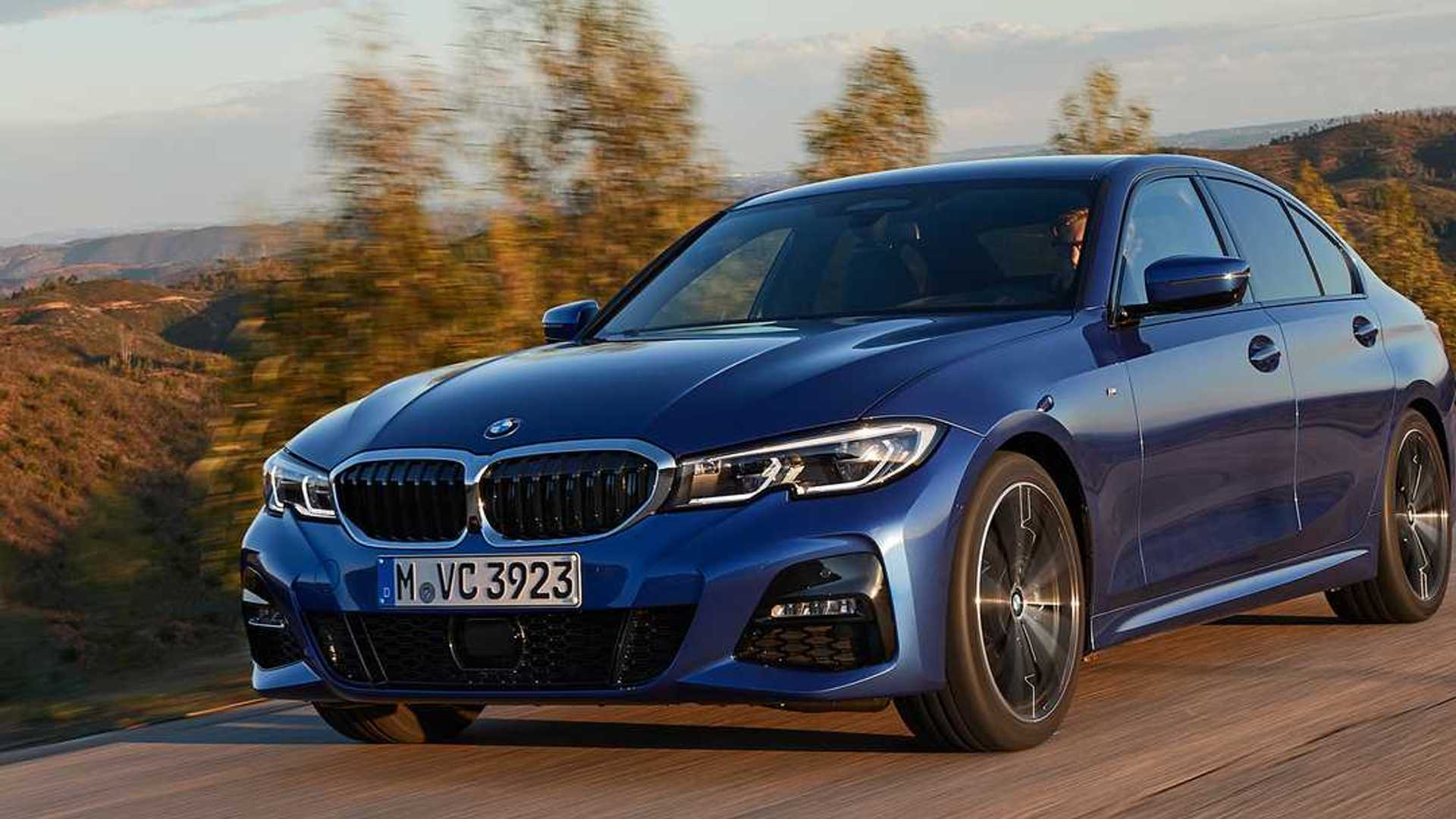
The new 3-Series, code-named G20, is a vast improvement over the last-generation car, the F30, though. That was evident at every bend in the road, as we sampled the 2020 3-Series in southern Portugal.
The new design, both inside and out, is a leap forward compared to last year’s car, even if it’s grown substantially. The 3-Series borrows the same expressive face pioneered on the 5- and 7-Series, giving even the base sedan a wider, sportier character. The profile features BMW’s trademark Hoffmeister kink at the back of the greenhouse, but lower on the body is a pleasant character line that kicks up at the rear door and lines up with the cut line between the rear fender and bumper cover. Slim, L-shaped horizontal tail lights present a pleasant character from behind.
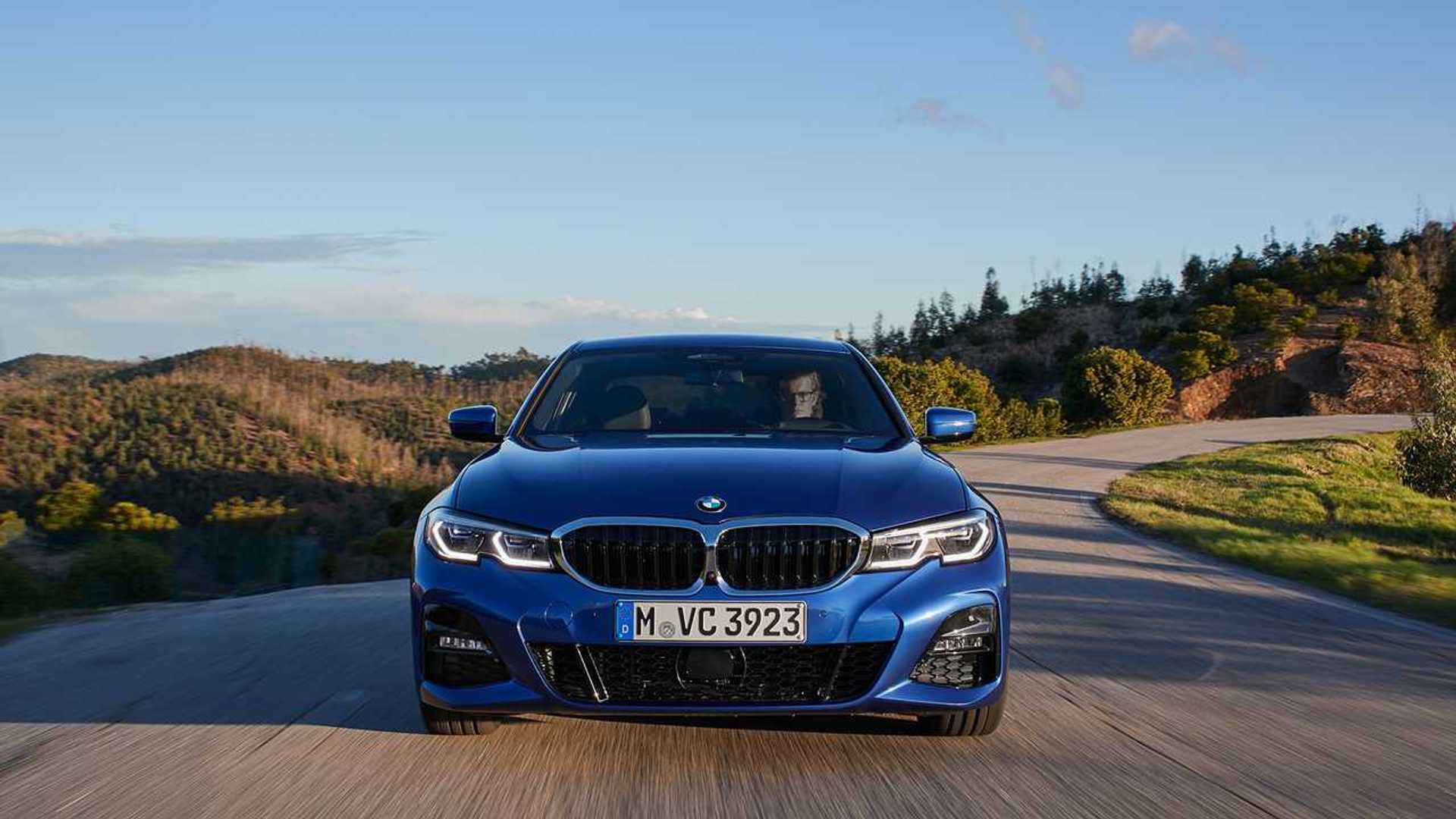
Our main complaint, and it’s a small one, is that both the character line and the taillights feel a little derivative. There’s clearly some Lexus IS in the design, but the 3 is mellower, less aggressive, and easier on the eye than the overstyled Japanese sedan.
The cabin is a marked improvement over last year’s 3-Series. The C-Class’ standards remain higher, but the design works. Designers elevated the infotainment screen to the same height as the all-digital instrument cluster, making scanning from one to the other easy. Below the center display are physical HVAC buttons, followed by reconfigurable presets, while below that is a storage cubby, the lid of which gives the impression that the center stack and console form one continuous piece. The center console follows a familiar BMW layout, with the gear lever sandwiched between the engine start button and drive mode controls on the left, and the iDrive knob and button on the right.
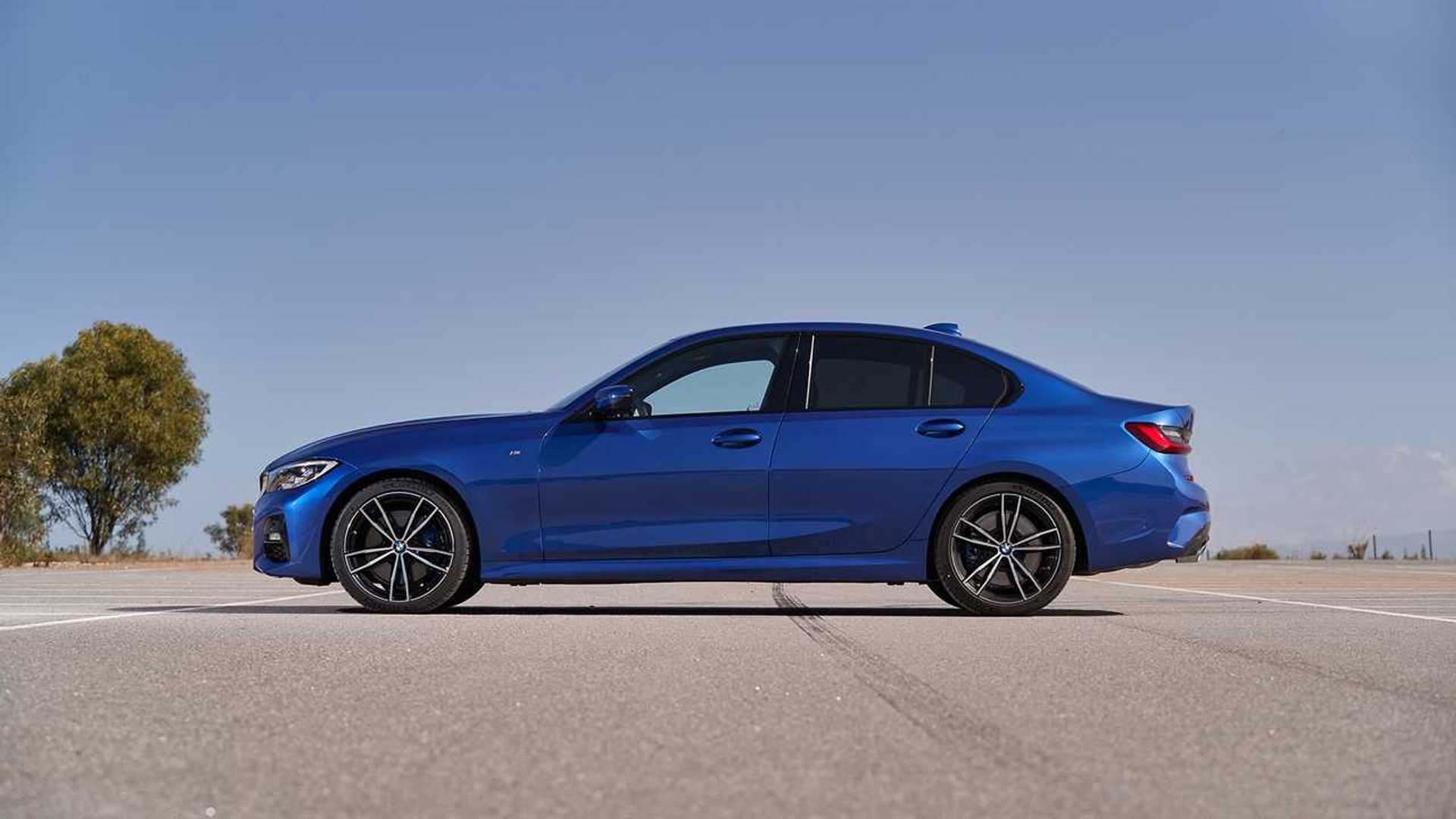
Smaller design elements like the blue contrast stitching on our M Sport 330i test car’s dash, doors, and seats are lovely, and real metal accents on the door handles and paddle shifters are pleasant. But the 3’s overabundance of plastic is glaring in a world where Mercedes is sticking real metal buttons all over the cabin and a higher-quality faux leather on the dash. BMW’s plastic switchgear and rougher dash material feel like cop-outs. A particularly egregious piece of hard plastic at the bottom front of the shift lever irritated us every time we put the 3-Series into gear, while the lower plastics in the cabin feel cheap, as well. And while it could be the case with the cars we drove in Portugal being early builds, a comparable C-Class feels better screwed together.
But BMW hallmarks are present. The sport seats look like they belong in an M3 and feature long-haul comfort and twisty road support. The M-branded steering wheel is a fine item, too. Leather-wrapped and fit with a pair of real metal paddle shifters, it’s a delight to work. This is the same overall M design that BMW has offered for some time, but – and it may be our imagination – the wheel on the G20 3-Series feels smaller, is easier to manage, and better to attack turns with.
Overambitious and half-baked technology offset BMW’s trademark features. While gesture control – which has infected the 2020 3-Series after festering other BMW models such as the 7- and 5-Series and X5 – is the poster child, the most offensive new tech is inarguably the 3’s cloud-based voice assistant. Stop us if you’ve heard this one, but voice controls on the 2020 3-Series are very bad.
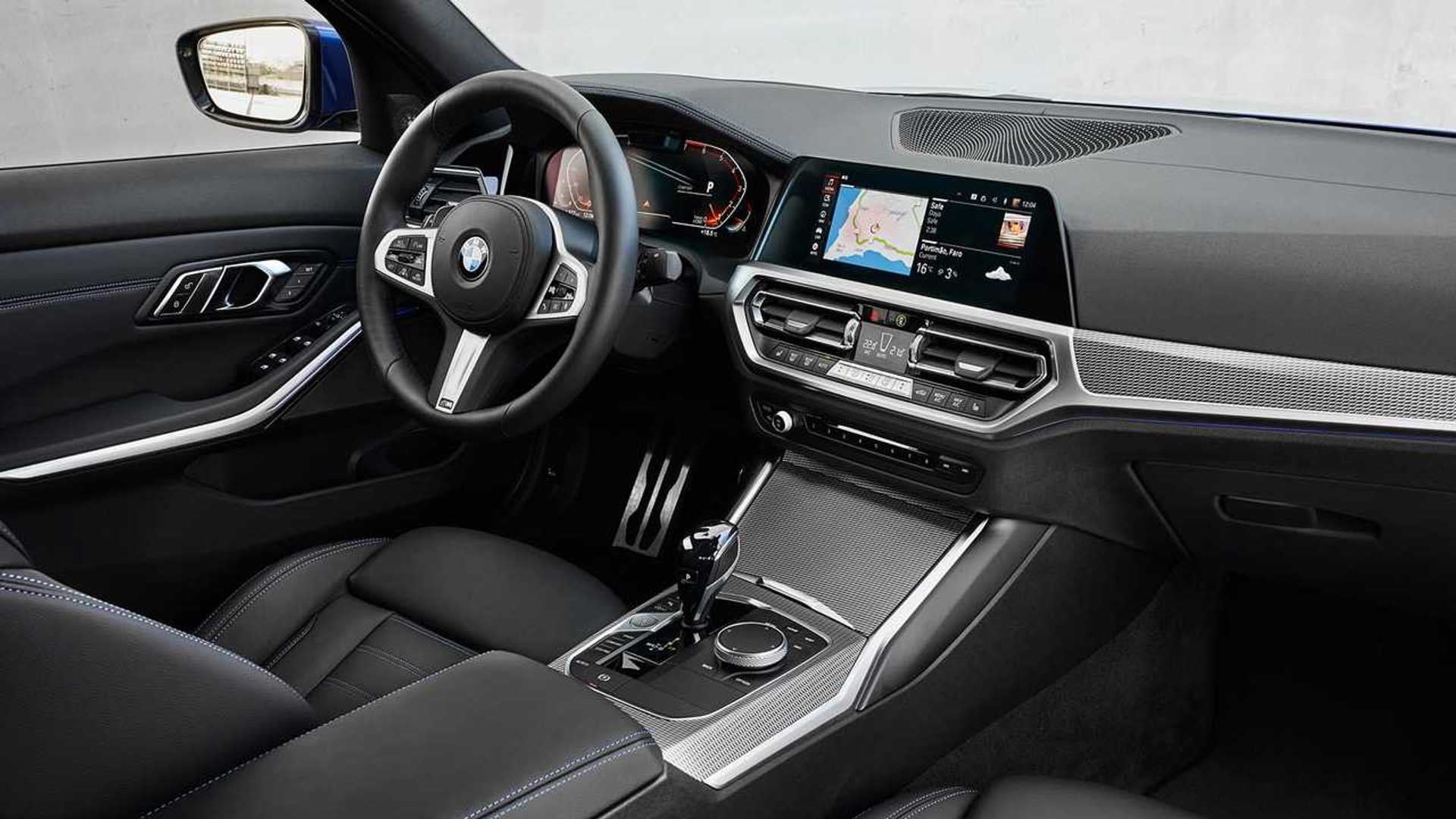
Activating the virtual assistant means saying “Hey BMW,” listening for a chime, and then uttering a natural-language phrase. In theory.
After changing our wake word – we renamed our car Angela Merkel, because saying something like “Hey Angela Merkel, activate sport mode” made us giggle – we tried a number of the commands from a sheet BMW provided for us. One would think that if BMW listed questions for us to recite, they’d be things that it knew the voice assistant could handle. They weren’t.
Most times, the 3-Series failed to understand us. And we tried a lot. We tried our natural, midwestern accent. We tried a British accent, then a German accent. We tried actual German. The success rate was low.

